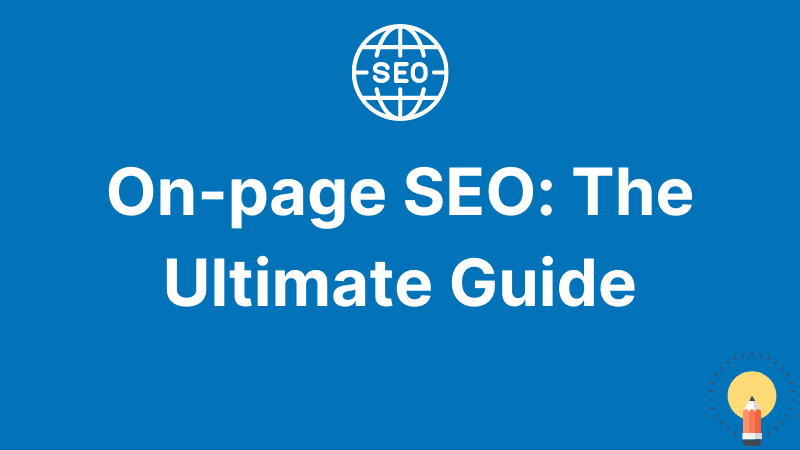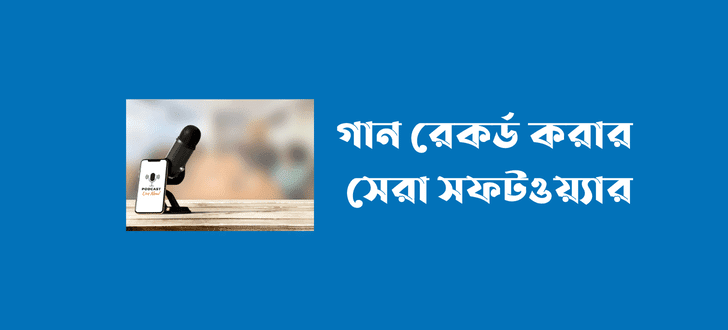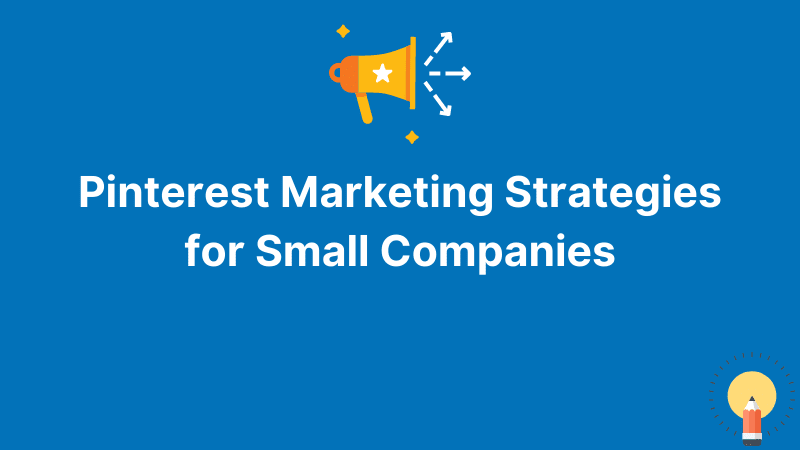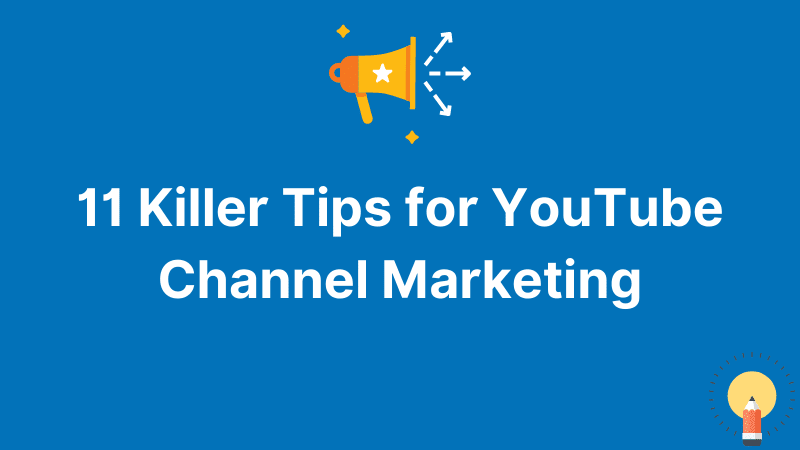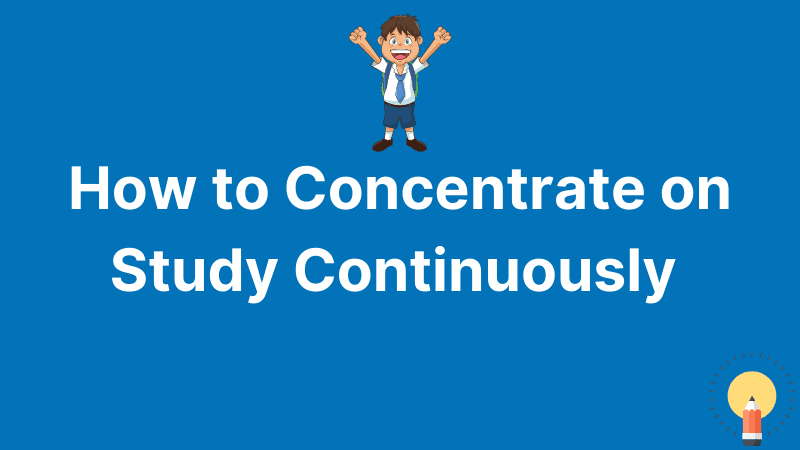On-page SEO: The Ultimate Guide 2024
This is a definitive guide on On-page SEO in 2022.
In this new guide, you'll discover:
- How to Optimize Your Content
- How to Make SEO-Friendly URLs
- How to Write Titles and Descriptions
- a whole deal more
What is on-page SEO?
On-page SEO (also known as on-site SEO) refers to the process of optimizing web pages for particular keywords in order to increase search visibility and traffic. It includes keyword-aligning page-specific parts like as title tags, headers, content, and inbound links.
Technical SEO vs on-page SEO
Some SEOs mix together on-page SEO with technical SEO. However, I prefer to keep them separate. Technical SEO, in my opinion, covers issues such as page speed and site speed, duplicate content, site structure, and indexing. In other words, technical optimization is concerned with your whole website, while on-page optimization is concerned with particular URLs.
Off-page SEO comprises everything that occurs outside of your website, such as link building and brand mentions.
Use Your Target Keyword In The First 100 Words
This is an old-school on-page SEO strategy that still works. Simply use your primary keyword once in the first 100 words of your post. For example, in my essay optimized for the phrase "On-page SEO Checklist," I stated it immediately. Google gives more weight to phrases that are near the top of your page.
That makes sense. Assume you just published an article on The Keto Diet. Would it make sense to include the word "keto diet" halfway down the page if your post was really about The Keto Diet?
Obviously not.
This is why you should include your keyword inside the first 100 words or so. This is one of those little details that aids Google in understanding what your content is about.
Use One H1 Tag
Heading 1, often known as the H1 title tag, is the most commonly used heading in SEO.
The Heading 1 style is primarily intended for usage with the page title. To identify the main topic of the page, Google employs the Heading 1 style. A page should only have one Heading 1, and it should only be used to highlight the primary concept at the top of the page.
Wrap Subheadings in H2 Tags
Is it possible to use several heading tags on a single page? You definitely can. There is no hard and fast rule that says you should only use a given heading tag once. If an item has three headlines and you want to use three H2 tags, three H1 tags, or three H5 tags, go ahead. It is not at all an issue.
It is, nevertheless, best practice to use just one H1 heading tag each page. The article's main title must be in the H1 tag, and all additional sub-headings could be in the H2, H6 tags. Again, this is not a hard and fast rule, and deviating from it will not necessarily affect your website's or landing page's SEO. However, it is regarded best practice to utilize just one H1 tag on a particular page and to include the article's main title in the H1 tag.
From an SEO standpoint, the H1 tag has greater weight and relevance, and it helps to give this heading tag the prominence it deserves. It is typically not a good idea to diminish the value of H1 heading tags by using them many times on the same page.
Keyword Frequency
The number of times a certain keyword or key phrase comes on a given web page is referred to as keyword frequency in SEO. In other words, keyword frequency is the total number of times a page contains the same keywords or keyword phrases.
When you finish reading this text, you'll notice that some terms appear multiple times. If you add up the number of times the same terms appear in this post, the total is the keyword frequency for that specific keyword.
Unless the competition is low, it will be difficult to rank high on the SERPs (Search Engine Results Pages) if your keyword frequency is too low for your primary or supplementary keywords.
If the frequency of your keywords is too high, it sends a negative signal to search engines, which may categorize your site as spam. The practice of repeating the same term several times inside a small area is known as "keyword stuffing."
In the worst-case situation, keyword stuffing results in de-indexing, which means that search engines remove you from search result pages.
URLs help on-page SEO
Google has stated plainly that URLs assist them in better understanding what a content is about. So, how can you make your URLs more optimized?
Include a keyword: Adding your main keyword into your URL assists both search engines and visitors in understanding the content of a page.
Focus left: Put the keyword as far to the left as feasible in the URL.
Use genuine words: As much as possible, use real words in your URL rather than the meaningless gibberish that certain content management systems generate.
Keep them concise and to the point: Your URL structure should ideally be short and simple to grasp for both search engines and visitors. The simpler Google can grasp the sort of material on the website, the better. In addition, Google often displays URLs in search results. A large string of random characters and numbers in a website URL does not assist people comprehend your page. The more they understand the intent of your website, the more probable it is that they will click on the search result.
Use hyphens to separate words: URLs are more readable when they include hyphens. For instance, if you want to link to a page on coffee bean grinders, use the URL www.revealerinfo.com/off-page-seo.
Pro Tip: Make your URLs short, Why? Because short URLs rank better on search results!
Use Title Tag Modifiers
These modifiers can be used in a variety of ways. If you own a roofing business in Dhaka, Bangladesh, for example, you could always build a website or a blog article titled "The greatest roofing company in Dhaka." It's a simple method for capturing the precise string of words that users are likely to type in. But it can become a little cliched, and you can only use it once before having to go on. So consider how you can employ additional modifiers, including on this list:
- Best
- Guide
- Ultimate
- Complete
- Review
- First
- Checklist
- Free and Paid
- Current Year
- Awesome
- Simple
- And so on
Pro Tip: If you use the following year in your title tag that will increase your click trough rate! On the other hand if you use a bracket on title it also assist to increase CTR.

